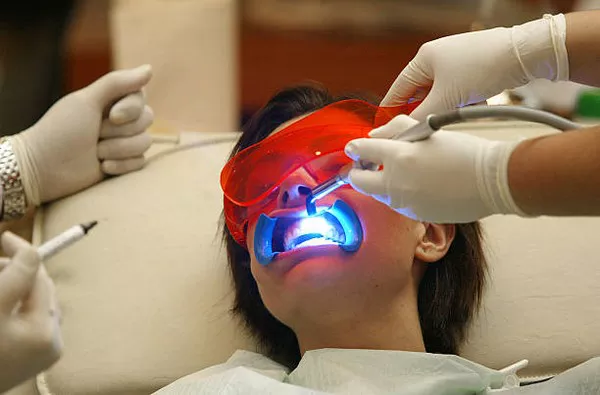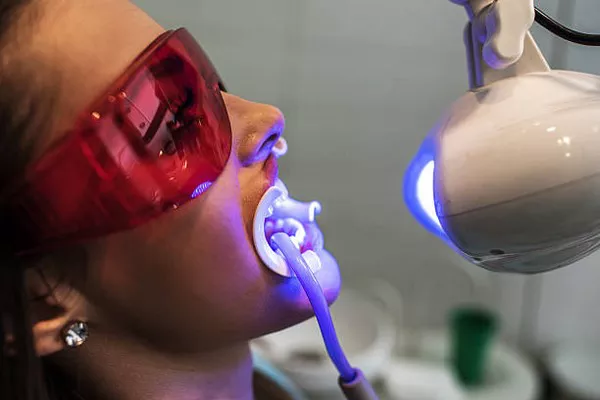Teeth whitening strips have become increasingly popular in recent years as a convenient and affordable way to whiten teeth at home. One common concern that many people have when using these strips is whether or not they can eat or drink after application. In this article, we will discuss the impact of eating or drinking on the efficacy of whitening strips, share some tips for eating after using whitening strips, and explore some alternative options.
Do Whitening Strips Work If You Eat After Applying Them?
While it is generally recommended to avoid eating or drinking immediately after applying whitening strips, the efficacy of the treatment is not significantly impacted by consuming food or beverages. However, certain foods and drinks can stain your teeth, which can counteract the effects of the whitening strips.
Foods and drinks that are known to stain teeth include coffee, tea, red wine, dark-colored sodas, and acidic fruits like berries and citrus. Consuming these items shortly after using whitening strips may diminish the results and cause new stains to form on your teeth.
Tips for Eating After Using Whitening Strips
If you need to eat or drink after using whitening strips, there are several tips you can follow to minimize the risk of staining your teeth and ensure the best possible results. These include:
Wait at least 30 minutes before eating or drinking:
This will allow the whitening gel to fully absorb into your teeth and reduce the risk of any new stains forming.
Choose white or clear drinks:
If you must have something to drink after using whitening strips, choose beverages that are clear or white in color, such as water, milk, or coconut water. Avoid colored or acidic drinks like soda, sports drinks, or fruit juices.
Stick to soft, non-staining foods:
If you need to eat shortly after using whitening strips, choose soft, low-pigment foods like bananas, potatoes, or boiled eggs. Avoid foods that are highly pigmented or acidic, such as tomatoes, beets, or citrus fruits.
Brush your teeth after eating:
After you have finished eating, brush your teeth with a soft-bristled toothbrush and fluoride toothpaste to remove any food particles and prevent new stains from forming.
Alternative Options
If you find it difficult to avoid eating or drinking immediately after using whitening strips, there are several alternative options available for achieving a brighter, whiter smile. One popular option is to use at-home whitening kits that come with custom-fitted trays. These trays are filled with a whitening gel and worn for a certain amount of time each day. While this method takes longer than using whitening strips, it can be more effective and less likely to cause sensitivity.
Another option is to have a professional teeth whitening treatment done by your dentist. These treatments use stronger bleaching agents and can produce more dramatic results in a shorter amount of time. Your dentist can also provide tips and guidance on how to maintain your results and avoid staining your teeth while eating and drinking.
Conclusion
In conclusion, while it is generally recommended to avoid eating or drinking immediately after using whitening strips, consuming food or beverages will not significantly impact the efficacy of the treatment. However, certain foods and drinks can stain your teeth and diminish the results. Following the tips outlined above can help you minimize the risk of staining your teeth and ensure the best possible results from using whitening strips. If you experience difficulty avoiding food or drink after using whitening strips, consider exploring alternative options for achieving a brighter, whiter smile.
Related Topics:


























